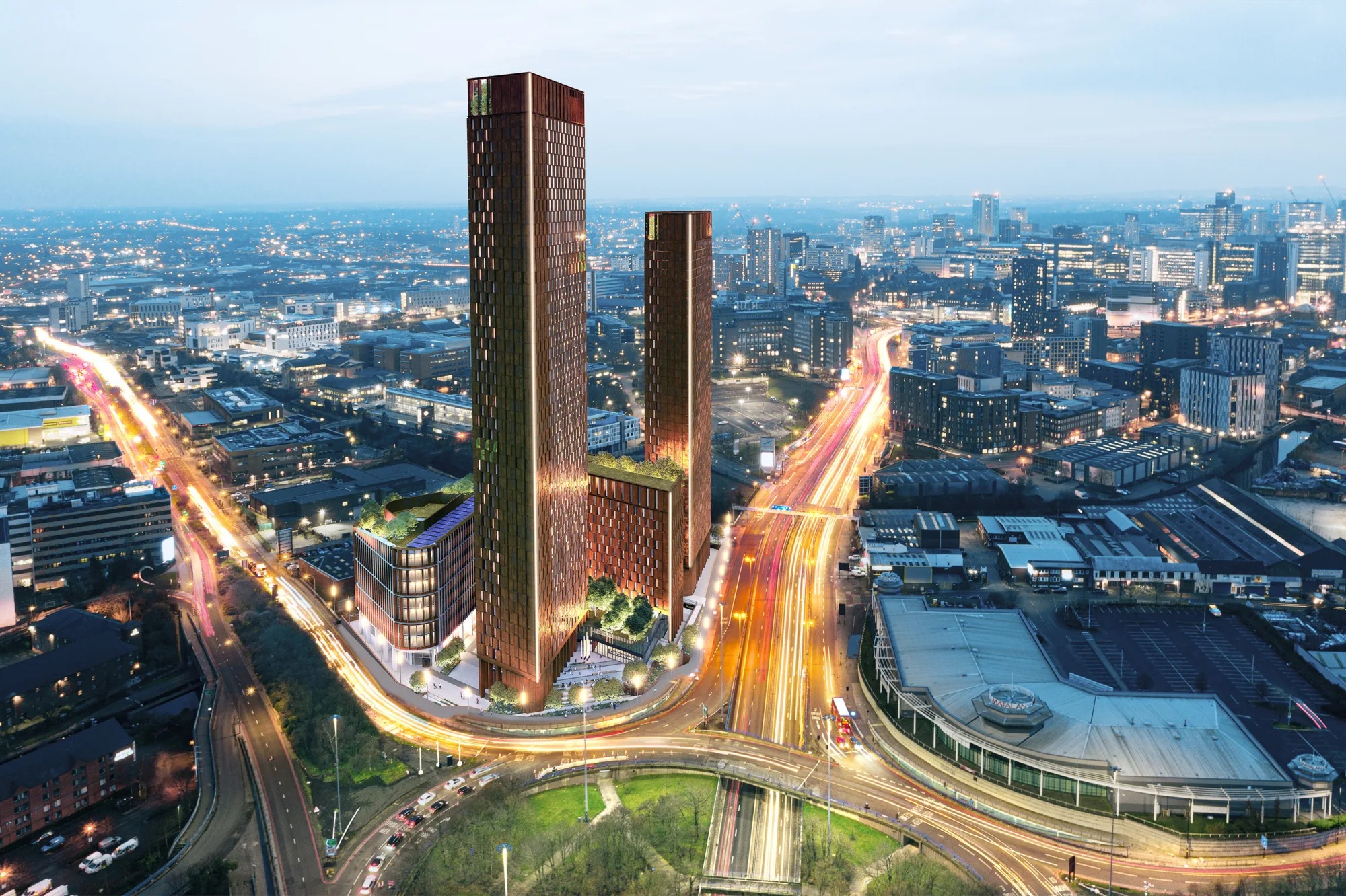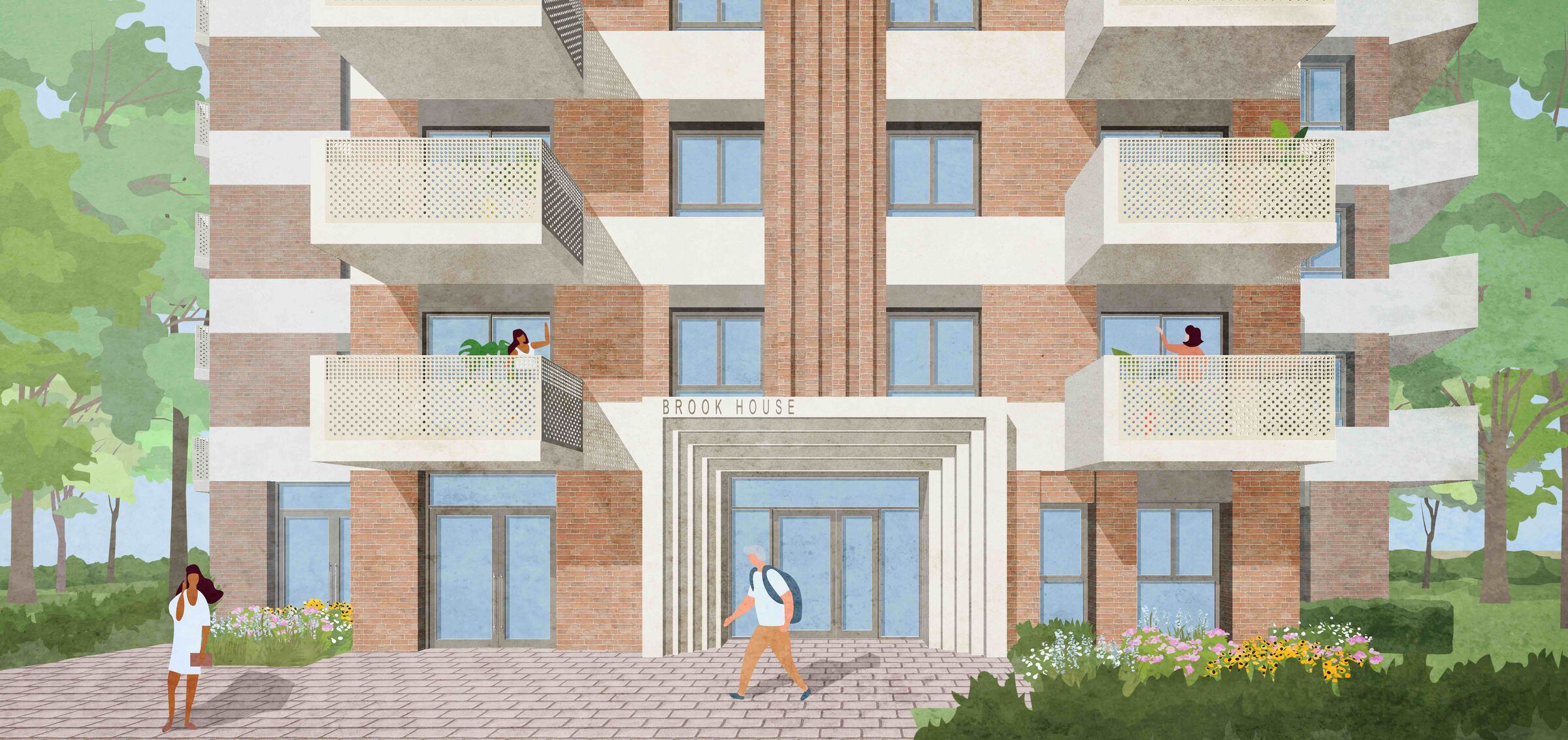How Planning Permission Can Combat Climate Change

A London borough has prepared new planning guides to ensure all new homes and developments are more environmentally friendly. Housing Industry Leaders highlights the impacts this could have in reducing emissions post-build.
Hammersmith and Fulham Council released the ‘Supplementary Planning Document’ this April, which will offer guidance to developers, landowners, homeowners, and other interested parties when preparing and assessing planning applications.
Having declared a climate and ecological emergency in July 2019, the council aim to meet net zero emissions for the borough by 2030.
The new supplementary policies create new guidance for sustainable design and construction, air quality, flooding, energy, ecology, waste, and transport and travel. Within the document, it is acknowledged that a large portion of the borough resides in flood risk zones at increased risk from rising sea levels.
Additionally, due to the density of buildings, Hammersmith and Fulham is also vulnerable to high heat. As a growing borough, it is acknowledged that there is an increasing need for businesses, homes, health facilities, retail and leisure outlets, transport, and other supporting infrastructure.
To enable this growth in a climate friendly way, the document has been devised so that any new developments are designed to deal with changes in the climate and reduce greenhouse gas emissions.
Compulsory and optional measures have been introduced
According to the document, new major developments must integrate low-carbon technologies, such as solar panels and air source heat pumps where possible, as well as include energy storage systems.
These developments must also achieve a minimum 35% reduction in CO2 emissions through on-site measures compares to the Building Regulation baseline, though a 50% reduction is encouraged.
Additional optional measures are also suggested, including improving the thermal efficiency of buildings by installing windows with double, triple, or vacuum glazing.
Covering various development types including new builds, retrofitting, and non-domestic buildings, a range of sustainability issues are addressed.
Aided by a simplified checklist, applicants are expected to demonstrate how their proposal aligns with the targets laid out in the supplementary planning document.
Councillor Wesley Harcourt, Hammersmith and Fulham Cabinet Member on Climate Change and Ecology, said: “Together with developers and residents, we want to transform the way we build, power and heat our buildings to ensure that new developments have no significant impact on our borough and the planet.
This new guidance is another important step towards our ambitious target to reach net zero carbon emissions in H&F by 2030.
In addition to reaching their target of net zero by 2030, the council hope that changing the way homes are built, heated, and powered, will help create a borough with clean air, safe streets, and green spaces, enabling a strong local economy to prosper.
The public of Hammersmith and Fulham have been invited to share their views and comments on the document until June later this year.
Government policy is being challenged
A 2022 select committee report previously dubbed the government ‘naïve’ in their assumption that one million new build homes will not need retrofitting.
This comes in response to the Future Homes Standard (FHS), which becomes mandatory in 2025, aiming to ensure that all new build homes built thereafter produce up to 80% less carbon emissions.
To achieve this, new homes will not be built with fossil fuel heating, such as a natural gas boiler. Instead, heat pumps are anticipated to become the primary low carbon heating system in these homes.
The report, Decarbonising heat in homes, argued that implementing the FHS should be brought forward two years, to 2023.
New build homes built before the FHS comes into effect will be heated by fossil-fuel systems.
The Business, Energy and Industrial Strategy Committee said: “It is naïve to assume that these homes will not need to be retrofitted at significant cost.
“We acknowledge that the government wants to give industry the time to develop its supply chains; however, this appears to be to the detriment of new-build homeowners, who will have to pay to retrofit their homes.”
Before the FHS is implemented, the government have stated that local authorities will retain powers to set local energy efficiency standards for new homes in the meantime.

